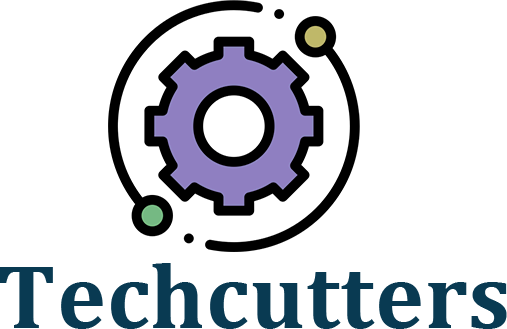
Bookkeeping processes are being automated using advanced artificial intelligence and robotic technology, revolutionizing the way businesses manage their financial records. This technology uses automated bookkeeping software to record all financial transactions by eliminating the need for manual data entry. Automated bookkeeping offers numerous advantages, including saving time and money. This article explores how automated bookkeeping can benefit businesses by reducing manual work, minimizing errors, enhancing efficiency, and ultimately leading to cost savings.
Automated Bookkeeping – An Overview
Automated bookkeeping provides businesses with the ability to utilize technology and software platforms to efficiently manage a wide range of bookkeeping tasks. Automated bookkeeping provides different services, some of which are as follows:
1. Online Bookkeeping Software:
Online bookkeeping software platforms offer automated bookkeeping services to businesses. Businesses can access their financial data securely from anywhere, collaborate with their accountant or bookkeeper, and automate routine bookkeeping tasks.
2. Outsourced Bookkeeping Services:
Many companies offer outsourced bookkeeping services that leverage automation to streamline financial processes. Outsourcing providers employ specialized software and technology to efficiently manage tasks, including data entry, bank reconciliation, accounts payable and receivable management, payroll processing, and financial reporting. They often employ a team of qualified bookkeepers who utilize automated tools to ensure accuracy and efficiency.
3. Receipt and Invoice Management Solutions:
Automated receipts and invoice management solutions help businesses digitize and automate the process of capturing and organizing receipts and invoices. These tools use OCR technology to extract relevant data from scanned or photographed documents into editable text. The data extracted can automatically be synced with software, eliminating the need for a manual data entry process.
4. Bank Feed Integration:
Bank feed integration is a common feature offered by automated bookkeeping services. This integration automates the import of transaction data from bank accounts, reducing the need for manual data entry and reconciliation and ensuring updated financial records.
5. Automated Expense Management:
Automated expense management services typically provide mobile apps or web-based platforms that allow employees to capture receipts, categorize expenses, and submit expense reports digitally. The automation features, such as OCR technology, help streamline expense data entry, improve accuracy, enforce expense policies, and integrate with accounting software.
6. Automated Reporting:
Automated bookkeeping services often provide reporting and analytics features that allow businesses to generate financial reports quickly and easily. These services offer customizable report builders to generate reports like balance sheets, income statements, cash flow statements, and key performance indicators (KPIs).
7. Automated Integration:
Automated integration guarantees a smooth flow of data between different systems, minimizing the need for manual data entry and ensuring data consistency across various functions of the business.
Benefits of Automated Bookkeeping
1. Reduction in Manual Data Entry:
This system automatically captures and imports data from these sources, eliminating the need for manual entry. By reducing the time spent on data entry, employees can focus on more strategic activities that contribute to the growth and success of the business.
2. Minimized Risk of Errors:
Automated bookkeeping systems are designed to minimize the risk of errors by automating calculations and data entry. With built-in checks and balances, these systems can identify and flag potential errors, ensuring the accuracy and integrity of financial data.
3. Streamlined Financial Processes:
Automated bookkeeping systems streamline financial processes, allowing businesses to operate with greater efficiency. With automated processes in place, businesses can save time on repetitive and administrative tasks, enabling employees to focus on more value-added activities. This improved efficiency not only saves time but also reduces the risk of delays and bottlenecks in financial operations, ensuring smooth and timely financial management.
4. Simplied Cash Management:
By automating invoicing and payment tracking, businesses can ensure timely payments from customers and manage their own payment obligations more efficiently. This improved cash flow management helps businesses avoid late payment fees, penalties, and potential cash flow crises, ultimately saving them money.
5. Enhanced Financial Reporting:
An automated bookkeeping system simplifies this process by generating financial reports with a few clicks. This system automatically integrates data, generates balance sheets, income, and cash flow statements, and provides real-time insights.
6. Save Cost :
Automated bookkeeping can lead to significant savings in costs for businesses. By reducing the time spent on manual data entry, error detection, and report generation, businesses can allocate their resources more efficiently. Through minimizing financial risks and optimizing financial processes, businesses can achieve cost savings and allocate resources to other crucial areas of their operations.
Conclusion
Automated bookkeeping offers numerous time and money-saving benefits for businesses. By minimizing manual data entry, it reduces errors, streamlines financial processes, and provides real-time insights.. This system optimizes financial management and contributes to overall efficiency. This also contributes to cost savings by allocating the resources to strategic activities. Embracing automated bookkeeping not only saves time and money but also provides businesses with accurate financial information, improved cash flow management, and enhanced decision-making capabilities.





